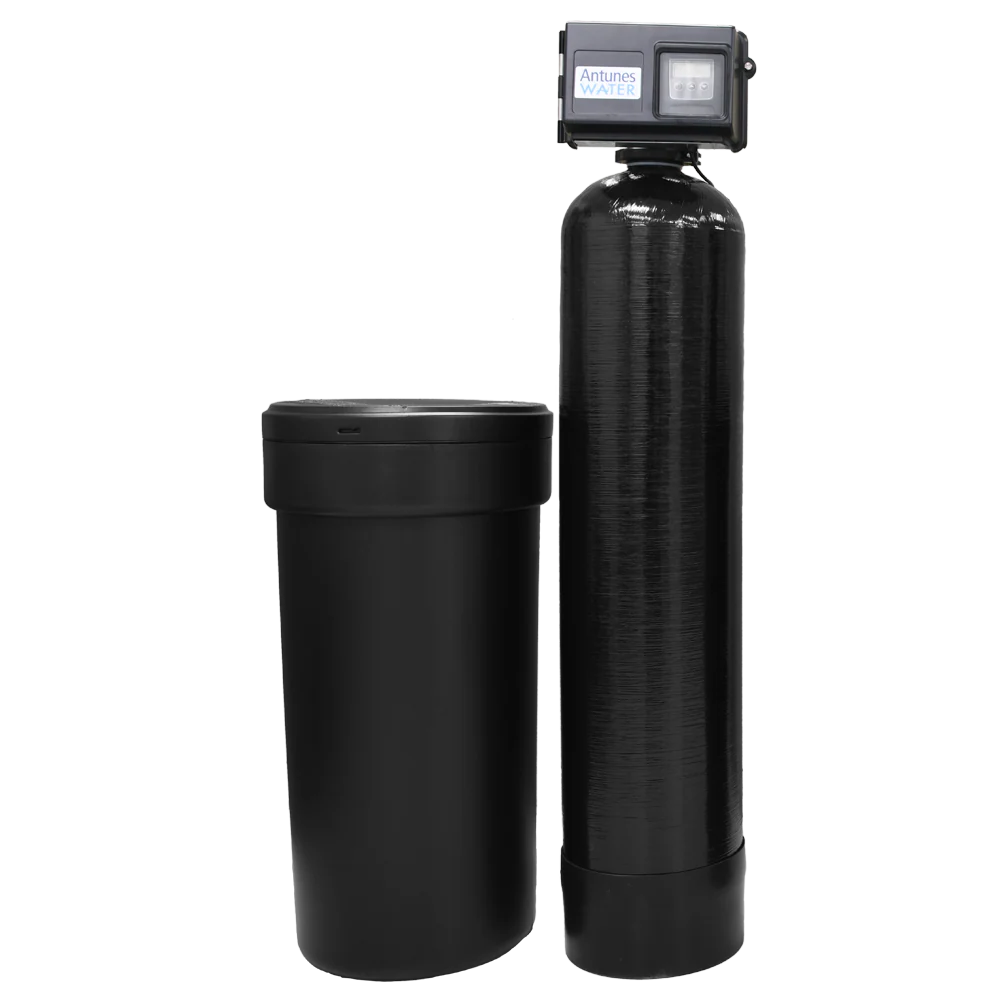Hard water can cause a variety of issues in the home, from scaling in pipes and appliances to dry skin and dull laundry. Installing a residential water softener is one of the most effective solutions for improving water quality and protecting your plumbing system. However, proper installation and ongoing maintenance are key to ensuring that your water softener performs efficiently for years to come. Understanding the installation process and following best care practices will help you get the most out of your investment.
Preparing for Installation
Before installing a residential water softener, it’s important to assess your household’s water needs and the hardness level of your water supply. Water testing kits or professional testing services can help determine the mineral content in your water, typically measured in grains per gallon (GPG). Knowing this number ensures that you choose the right system capacity for your home.
Next, select an appropriate location for the softener. The ideal spot is near the main water line, close to a drain, and near an electrical outlet. Many homeowners choose to install the system in a basement, utility room, or garage. The installation location should allow easy access for adding salt and performing maintenance. It’s also important to make sure the area is protected from freezing temperatures, as cold conditions can damage system components.
The Installation Process
Installing a residential water softener generally involves connecting the system to your home’s main water supply. The process starts by shutting off the water and draining the pipes. Once this is done, the softener is connected to the main line using fittings or bypass valves that allow water to flow through the system. A drain line is attached to remove excess water during the regeneration process, and the brine tank is filled with salt to begin the softening cycle.
While some homeowners may be comfortable performing a DIY installation, hiring a professional plumber is often the best choice. A professional can ensure the system is installed correctly, meets local plumbing codes, and operates efficiently. Improper installation can lead to leaks, reduced water pressure, or system malfunctions, which can be costly to fix later.
Regular Maintenance and Care
Once your residential water softener is installed, regular maintenance is essential to keep it running smoothly. The most important task is checking and refilling the salt supply. Salt is what allows the system to regenerate and remove minerals from hard water. It’s generally recommended to check the brine tank once a month and keep it at least half full of salt. Using high-quality salt pellets or crystals can also help minimize residue and improve system performance.
Cleaning the brine tank every six to twelve months helps prevent buildup that can clog the system. To clean it, empty the tank, scrub it with mild detergent, and rinse it thoroughly before refilling with fresh salt and water. Periodic inspections of the valves, hoses, and connections are also important to detect any leaks or worn components early.
Maximizing Efficiency
To maximize the efficiency of your residential water softener, consider using a water softener cleaner every few months. This helps remove iron, sediment, and other contaminants that can accumulate on the resin beads inside the tank. Adjusting your system’s settings based on your household’s water usage can also improve efficiency and reduce salt consumption.
If you plan to leave your home for an extended period, it’s best to unplug the unit and close the bypass valve to prevent unnecessary regeneration cycles. Following the manufacturer’s recommendations for servicing and maintenance will help ensure consistent water quality and extend the lifespan of your system.
A residential water softener not only protects your plumbing and appliances but also enhances everyday comfort by providing cleaner, softer water. Proper installation and routine care are essential to keeping your system efficient and reliable. By testing your water, choosing the right location, maintaining adequate salt levels, and scheduling regular cleanings, you can enjoy the many benefits of softened water for years to come. Investing time in the care of your water softener will ensure it continues to deliver high-quality water and long-term savings for your home.



